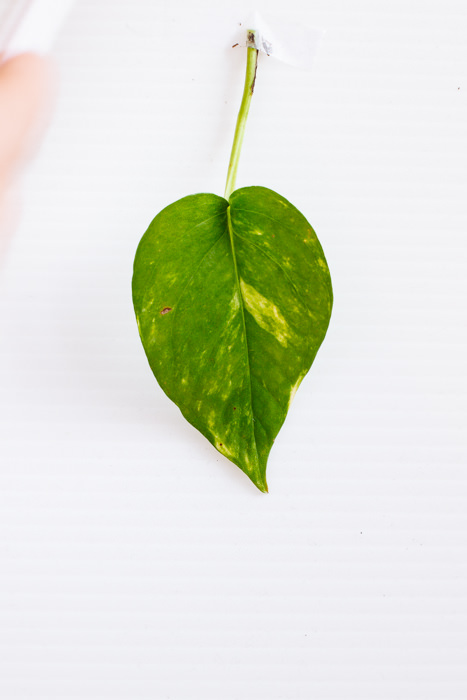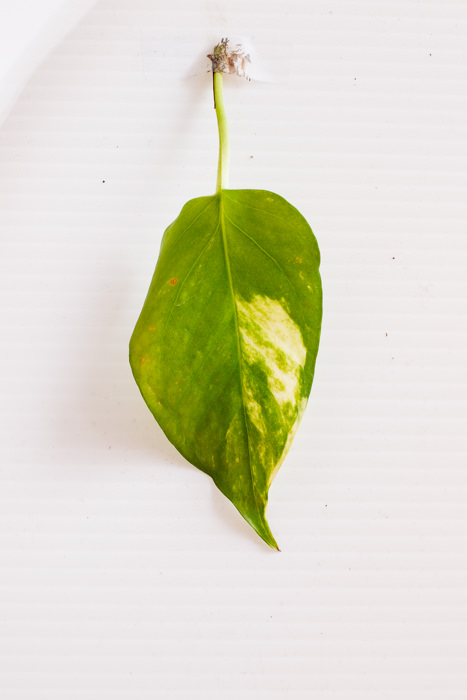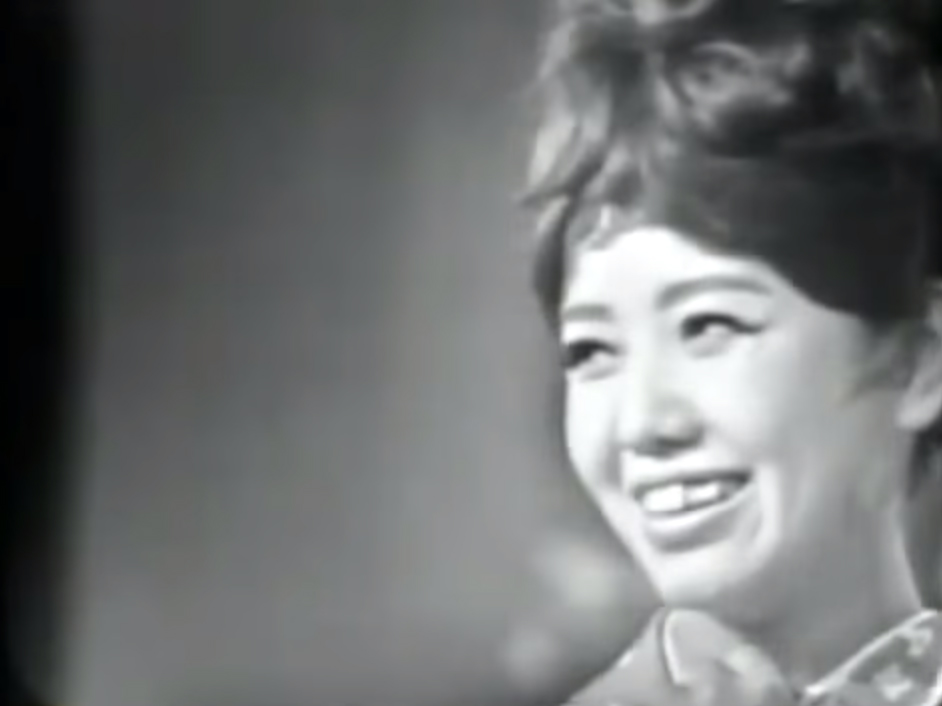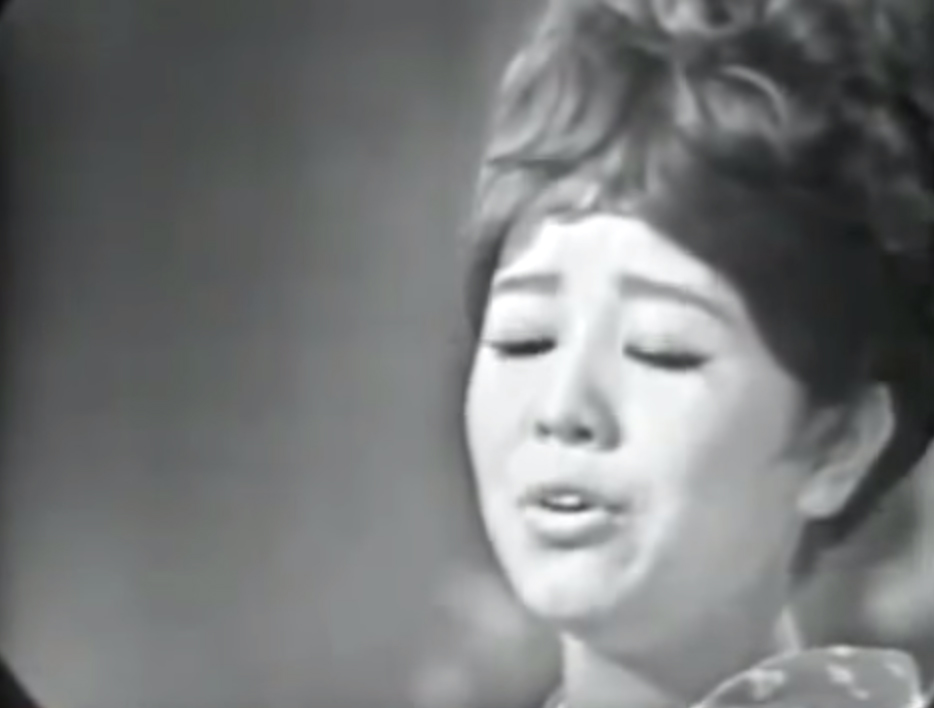Recent shots...the one with the man and the flashlight was shot from my window during the only complete power out I've seen since in Taipei. I added it to What's Out There.
[m] Expostulation and Reply
EXPOSTULATION AND REPLY
"WHY, William, on that old grey stone, Thus for the length of half a day, Why, William, sit you thus alone, And dream your time away? "Where are your books?--that light bequeathed To Beings else forlorn and blind! Up! up! and drink the spirit breathed From dead men to their kind. "You look round on your Mother Earth, As if she for no purpose bore you; As if you were her first-born birth, And none had lived before you!" One morning thus, by Esthwaite lake, When life was sweet, I knew not why, To me my good friend Matthew spake, And thus I made reply: "The eye--it cannot choose but see; We cannot bid the ear be still; Our bodies feel, where'er they be, Against or with our will. "Nor less I deem that there are Powers Which of themselves our minds impress; That we can feed this mind of ours In a wise passiveness. "Think you, 'mid all this mighty sum Of things for ever speaking, That nothing of itself will come, But we must still be seeking? "--Then ask not wherefore, here, alone, Conversing as I may, I sit upon this old grey stone, And dream my time away," William Wordsworth 1798.
[m] Viola d'Amore
I first saw the instrument pictured above in an exhibition, where it sat behind glass, silently resting. Looking very much like a viola, this stringed instrument differed in that it had a total of fourteen strings (sometimes less). Seven of the fourteen strings were on top and strangely, seven below. It was these strings below that confused me the most. Looking at the description, it identified the instrument as the "viola d'amore" - the viola of love. The seven strings below, it read, were "sympathetic strings" or strings that sympathetically resonated in response to the strings that were actively played above.
The sitar and other eastern instruments utilize this force, in modern times known as "sympathetic resonance," but it was the viola d'amore that first helped me internalize and realize the beauty of designing an instrument with this relationship in mind. The bottom strings vibrate with the most intensity when reacting to the same frequency, or its octaves. But, it also sympathizes with other notes, whose overtone frequencies are similar. This is to say, the strings don't just resonate the singular shared frequency; they sympathize with many others.
Here's a very worthwhile video of Hélène Plouffe describing this instrument in very clear detail:
The sympathetic strings' original nature is non-movement. Yet, when they meet similar sounds, they vibrate wildly. While they still sympathize with dissimilar notes, when an unrelated note is played, they are unable to reflect their own qualities and return to their initial, natural state. They don't "un-move" upon facing an unrelated or unaccepted sound, they just don't act. They are still and present.
Before thinking too much about something that should mostly exist as a visceral perception, I want to share some of the music of the viola d'amore. Here's a great introduction to the instrument's sound, demonstrated by Thomas Georgi:
Now, hear the instrument in a beautiful recording of the full concerto, Vivaldi's Concerto for Viola d'amore in D major, RV392 (yes, the same one from which Georgi plays):
Here's the cool guy Heinrich Ignaz Franz Biber von Bibern's (better known as H.I.F. Biber) Partia No. 7 for 2 Violas d'Amore.
Finally, there's the rebel Georg Philipp Telemann and his Concerto for Flute, Viola d'amore and Oboe d'amore in E-Major. While this song is playing, everything seems in its right place, especially during the first movement.
The viola d'amore's headstock often has a carving of a woman or cupid.
Photos courtesy the Metropolitan Museum of Art's Open Access policy
The Metropolitan Museum of Art
Photos 1,2 and 3: Viola d'Amore/Gift of H.H. Schambach, 1981
Photo 4: Viola d'Amore/Purchase, Amati Gifts, 2009
[p] Philodendron
Philodendron’s can be found most everywhere and are incredibly easy to grow. In Taiwan, they are often placed in the public bathrooms, with only florescent light to aid their growth.
In 2012, I took a philodendron I’ve had since I moved here and cut off each leaf, taking a picture so I could see the leaves as individuals of a whole.
The images of each leaf are below.
I used the final leaf (that you see in the last picture) and let it regrow in a new pot. After it grew back to the same size, it was again cut down to a single leaf. This leaf is now is in water in a small ounce-sized jar on my desk.
[m] Harumi Miyako's アンコ椿は戀の花
My first trip to Asia was in 2006. It was also my first 10+ hour flight, and as the plane was approaching Narita, I thought I would play the music channel in the “Welcome to Japan” selection, as specially selected by JAL. So it was in a rather “youthful irony” that I started listening to this mix, for the novelty of it all. Looking out the window, seeing all new things, exhausted, the music played.
I can’t remember anything else from that moment except for when a playfully articulated orchestral song started to play. The fidelity of the recording suggested its substantial age. As soon as Harumi Miyako’s voice (I would only, much later, discover her name) hit its first guttural rise, I instantaneously and uncontrollably began to sob. It had nothing to do with happiness or sadness, and I didn’t seem to have any conscious reason for the tears, but there I was, tears falling and feeling a deep tension in my chest.
If I described the music beyond her sometimes-tender-sometimes-fearless voice/growl, I would be going beyond my abilities to describe, not to mention beyond description’s usefulness. Which, expanding on this thought, is one of the greatest aspects of music - the uselessness of words or any sort of description. At those moments, it’s only real-time sympathetic movements and reactions that are relevant (in this song’s case, tears...in others’, dancing, sleeping...).
Maybe you hear this song and are unmoved or unsure about my description. This is another of the greatest and most frustrating aspects of music (and other expressive art forms) - a composition’s ability to move one to tears while, at the same time, leaving another unaffected. It’s an aspect I initially felt betrayed by, only to later accept the beauty of true isolation. Whether it’s some sort of sympathetic vibration at work, or if it’s my subconsciousness playing a leading role in this song’s ability to hit my chords, I’m not sure. But, there’s that.
Watch her sing it live in 1966 to a captive audience.

















































































































































